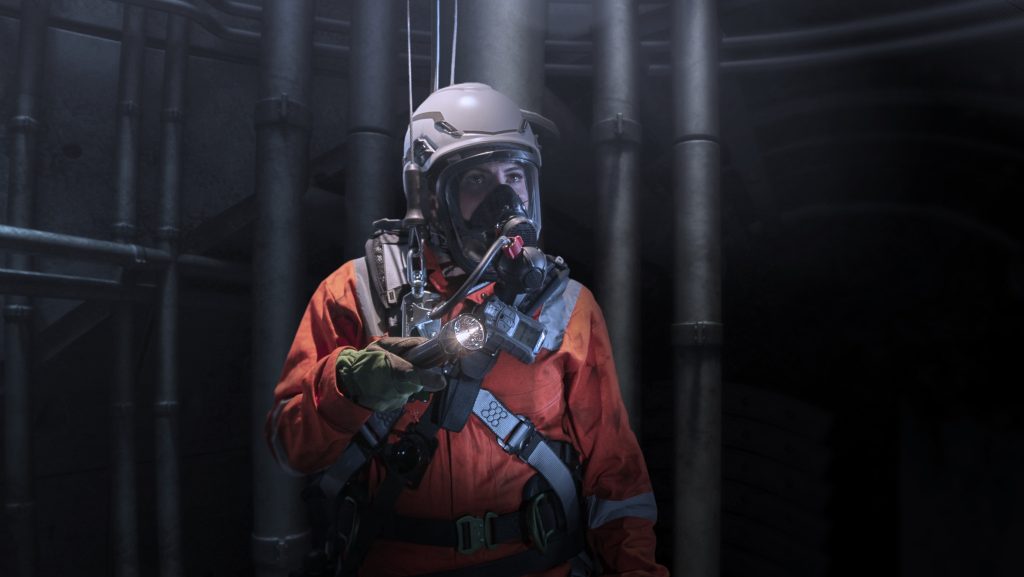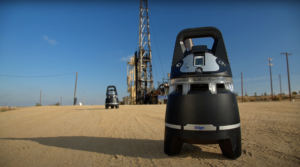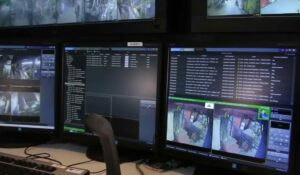Those involved in workplace safety, particularly during turnarounds and shutdowns, are well aware of the inherent hazards and challenges posed by confined spaces. Recognizing the risks associated with such environments and proactively implementing measures to prevent and minimize incidents is of utmost importance. To achieve optimal protection, it is crucial to incorporate four key practices:
1. Real-time Monitoring:
Going beyond the minimum regulatory requirements involves equipping workers with cutting-edge technology, especially in high-risk entries commonly found in refining, petrochemical, and heavy industrial settings. The ability to accurately visualize activities within and around confined spaces and monitor atmospheric conditions in real time is critical for ensuring the safety of workers. Systems capable of extracting information from worker badges and communication devices, along with providing live camera feeds inside and outside the confined space, are ideal for continuous 24/7 management and monitoring of entries.
2. Risk Assessment:
Ensuring the safety of workers in confined spaces necessitates a thorough risk assessment. Successful organizations rely on collaboration between experienced health and safety professionals, contractor safety teams, and connected safety experts. This collaborative approach allows for a step-by-step analysis of workplace activities, associated hazards, and effective mitigation tools, all while maintaining real-time connectivity. The efficient distribution of relevant information enables the safety team to identify gaps instantly and actively manage the tools or actions required to address these gaps.
3. Data Collection:
Well-managed and relevant data serves as a powerful tool for streamlining and enhancing the execution of shutdowns and turnarounds, provided it is accessible and digestible for key decision-makers. Timely access to information empowers outage managers to proactively adjust tactics, adapting to scope changes, scheduling challenges, and cost pressures. Integrating real-time location data for the workforce outside of confined spaces with entry logs for those inside offers a comprehensive and high-quality dataset. Through the application of data analytics, either in-house or outsourced, organizations can identify patterns and address emerging problems more efficiently than conventional methods allow.
4. Always-on Connectivity:
The diverse locations and varying connectivity reliability on project sites necessitate robust and flexible methods for connecting devices and gathering data. Effective collaboration between connected gas detection and confined space monitoring requires organizations to adopt resilient approaches for capturing and streaming data. Choosing among satellite, LTE, local wireless, and/or private wired networks allows project teams to build resiliency into their data networks, particularly crucial in critical life safety applications, minimizing the potential for network-related operational interruptions.



